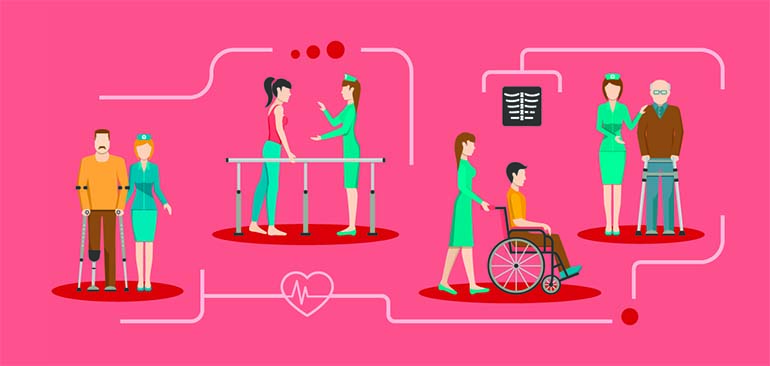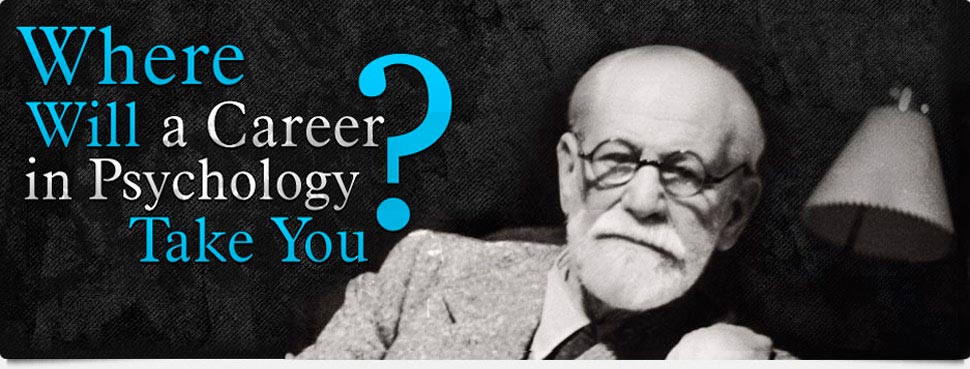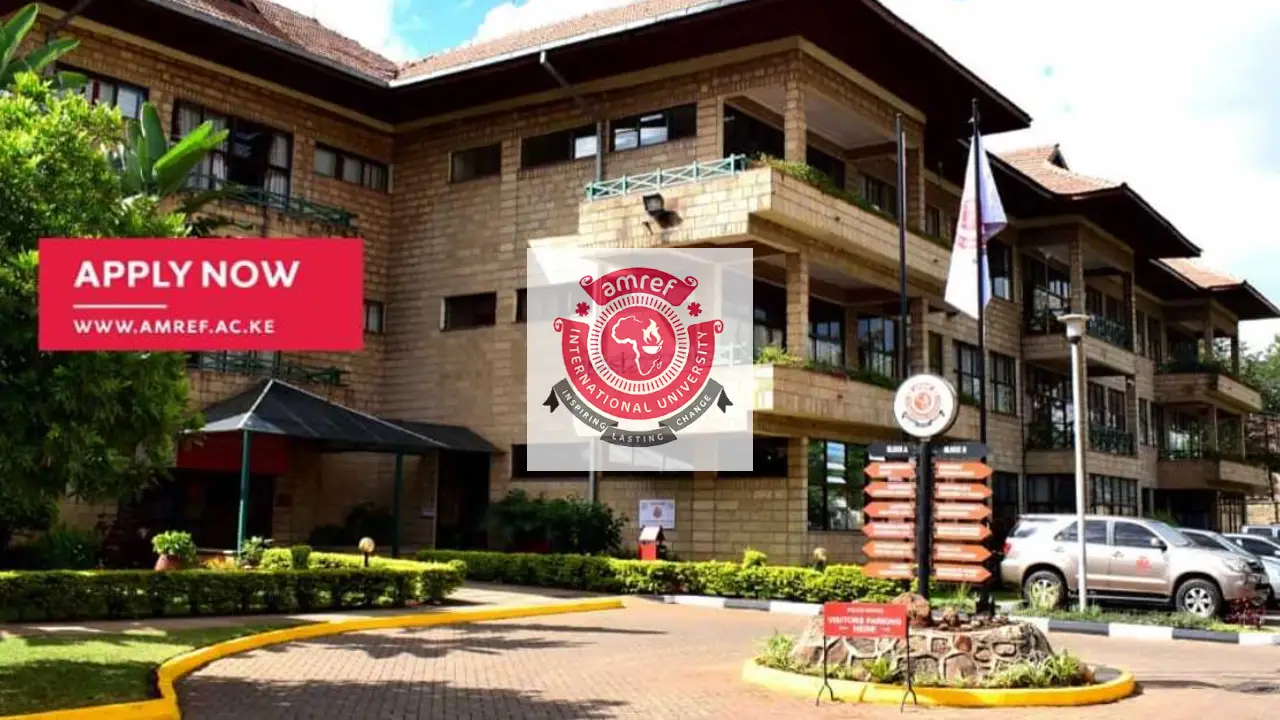Career Paths
A career in physical therapy
Physical therapy, or physiotherapy, helps individuals recover from injuries, manage pain, and improve movement. Physical therapists use exercises, manual therapy, and techniques like electrical stimulation to treat various conditions, including sports injuries and neurological disorders. Specialties include pediatrics, sports, geriatrics, oncology, and neurology. It’s a rewarding career focusing on rehabilitation and wellness.

Physical therapy, also known as physiotherapy, is one of the allied health professions that treat individuals who have problems with movement or pain caused by injuries or illnesses. It is practiced by physical therapists. Physical therapists work with patients of all ages, from infants to the elderly, to restore function and quality of life.
What Does a Physical Therapist Do?
Physical therapists help injured or ill people improve their movement and manage their pain. These therapists are often an important part of rehabilitation, treatment, and prevention of patients with chronic conditions, illnesses, or injuries.
Therapeutic exercise and functional training are the cornerstones of physical therapist treatment. A physical therapist develops treatment plans for patients and oversees them until the desired outcomes are achieved. Physical therapists can also help to prevent the loss of mobility by developing fitness and wellness-oriented programs for healthier and more active lifestyles.
Physical therapists use a variety of techniques, including exercise, manual therapy, and electrical stimulation, to treat a wide range of conditions, such as:
- Sports injuries
- Orthopedic conditions (e.g., arthritis, fractures)
- Neurological disorders (e.g., stroke, spinal cord injury)
- Chronic pain
- Geriatric conditions
Patients, clients, and physicians demand the talents of physical therapists for the management of a wide variety of conditions. Patients and clients pursue physical therapy services so they may benefit from the highly individualised, hands-on approach that characterises physical therapist care. The physical therapist works with the patient, family members, and other health care providers to ensure the goals of the plan of care are met and the patient outcomes are optimal.
Physical therapists often work in a variety of settings, including:
- Hospitals
- Clinics
- Outpatient rehabilitation centers
- Home health agencies
- Sports medicine clinics
- Schools
Physical therapists' duties include:
- Review patient medical history.
- Diagnose patient functions and movements.
- Develop a treatment plan that promotes movement, reduces pain, restores function, and prevents disability.
- Use exercises, stretching maneuvers, hands-on therapy, and equipment to ease patients' pain, help them increase their mobility, prevent further pain or injury, and facilitate health and wellness.
- Evaluate and record a patient's progress, modifying a plan of care and trying new treatments as needed.
- Educate patients and their families about what to expect from the recovery process and how best to cope with challenges throughout the process.
Physical therapy specialties
There are Nine (9) types of physical therapy specialties that you can pursue, these are:
- Pediatrics - Physical therapists in this fieldwork with a range of children, from newborns to teenagers. They work to treat a variety of disorders and conditions that inhibit children from functioning or growing as they should. Commonly seen are developmental delays, cerebral palsy, cystic fibrosis, scoliosis, and brain injuries.
- Sports - Athletes who have sustained an injury may be very familiar with this physical therapy specialty. Physical therapists who specialize in sports medicine work to alleviate and heal injuries caused while engaging in an athletic activity.
- Women's Health - Physical therapists can specialize in women's health, which refers to both specific conditions women face as well as the treatment of women at different stages of their life. Physical therapists in this specialty can work to treat conditions such as pelvic pain, osteoporosis, and lymphedema, while also providing prenatal and postnatal care.
- Geriatrics - Geriatric physical therapy is a growing field, as the baby boomer generation ages and begins to experience more age-related conditions. Physical therapists in this area work with elderly patients to alleviate pain from arthritis, osteoporosis and general joint stiffness and soreness. The goal is to help these patients remain physically healthy and active as possible.
- Orthopedics - The most popular physical therapy specialty is orthopedic physical therapy, which involves treating conditions of the bones, muscles, ligaments, tendons, and joints. Physical therapists in this specialty may see a range of patients, such as those who suffer from arthritis, have broken bones, have had joint replacement surgery or have recently strained or sprained any muscle or ligament.
- Oncology - Oncology refers to the study and treatment of different types of cancer. Physical therapists within this specialty work with patients who have either been diagnosed with or who are recovering from cancer. Cancer can cause many symptoms or conditions that require physical therapy; pain, muscle weakness, joint stiffness, loss of endurance, difficulty walking, numbness in feet and hands and loss of bone density can all occur as a result of treatment.
- Neurological Physical Therapy - Neurological physical therapists work with individuals who have a neurological disorder or disease. These include Alzheimer's disease, ALS, brain injury, cerebral palsy, multiple sclerosis, Parkinson's disease, spinal cord injury, and stroke.
- Cardiovascular and Pulmonary Rehabilitation - Cardiovascular and pulmonary rehabilitation physical therapists treat a wide variety of people with cardiopulmonary disorders as well as those who have had cardiac or pulmonary surgery.
- Clinical electrophysiology - Clinical electrophysiology encompasses two distinct forms of treatment: electrotherapy and wound management. Electrotherapy involves the use of electromyography (EMG). EMG is a procedure used to determine the health of muscles and nerve cells; using electrodes, the EMG can measure the electrical activity in a muscle.
If you have a passion for helping others and a strong interest in human anatomy and physiology, a career in physical therapy may be the perfect choice for you.










